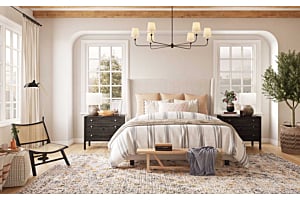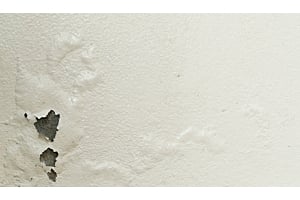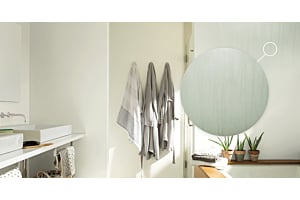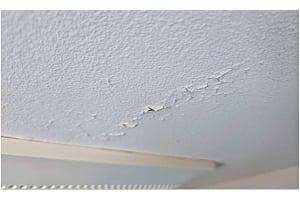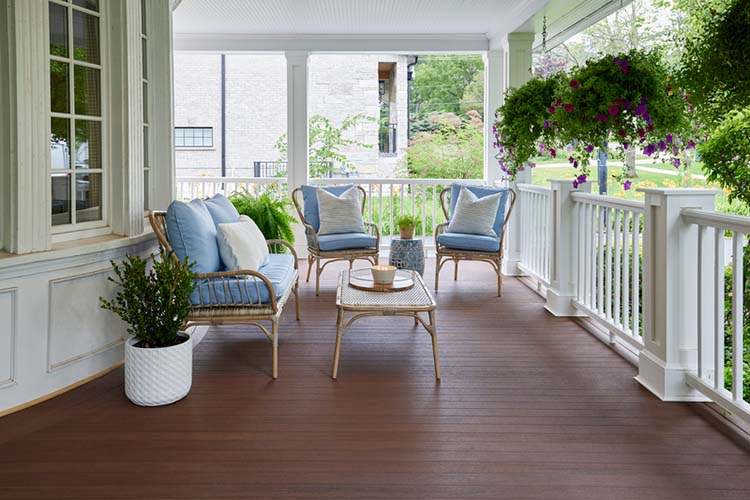
Decks and porches both provide relaxing outdoor living areas that add appeal to your home, but they have important distinctions in form and function. Your front porch provides transitional indoor-outdoor space that shields you from the elements, whereas a deck provides an outdoor living area for relaxing, eating, and enjoying the outdoors.
Not only do porches and decks have different purposes in our homes, but each is designed differently from top to bottom. It’s important to understand these differences and to select the right building materials—especially for flooring. Learn more about these considerations so that you design an outdoor living space that lasts a lifetime!
Characteristics of Porch Design
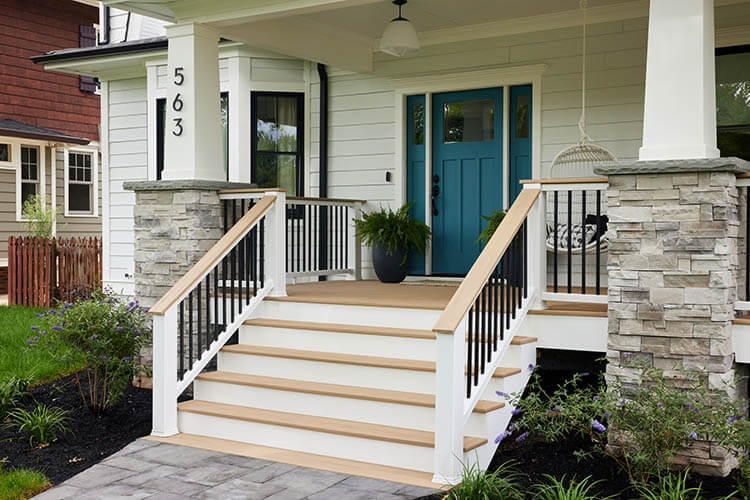 TimberTech by AZEK Porch Collection in Weathered Teak
TimberTech by AZEK Porch Collection in Weathered Teak
A porch offers seamless entry to the home, protects the entryway and front door, and is designed to provide shelter while coming and going. The porch roof or overhang is typically integrated with the overall roofline, and the porch foundation is also connected to the home itself. Usually the porch apron or skirting encloses the porch and foundation. Porches are on the ground level of the home and range in size from a portico to wraparound.
Because of these features, tongue-and-groove porch flooring continues to be the first choice for porches. It creates a solid surface that allows the boards to move and adds structural stability to resist sagging. Tongue and groove floorboards also help protect the home’s foundation from moisture, insects, and debris.
Large gaps between boards are not recommended for two reasons. The porch roof shields the floor from significant amounts of moisture and UV rays, so porch floors experience less expansion and contraction than deck boards. Additionally, because porches are enclosed by skirting, gaps between boards would allow too much moisture to accumulate under the porch.
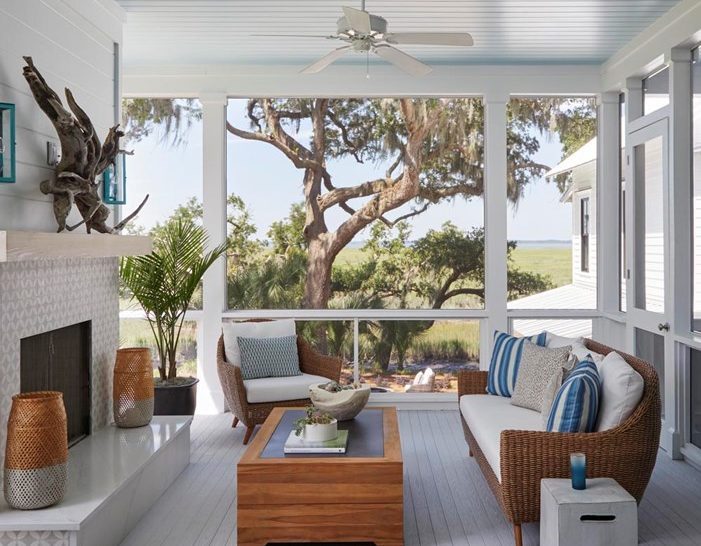 TimberTech by AZEK Porch Collection in Oyster
TimberTech by AZEK Porch Collection in Oyster
Porch decking boards may be installed either parallel or perpendicular to the house. The board layout can be used to direct water runoff or better fit the boards into narrow spaces. Remember to assess which board direction will be most beneficial for your particular design.
Characteristics of Deck Design
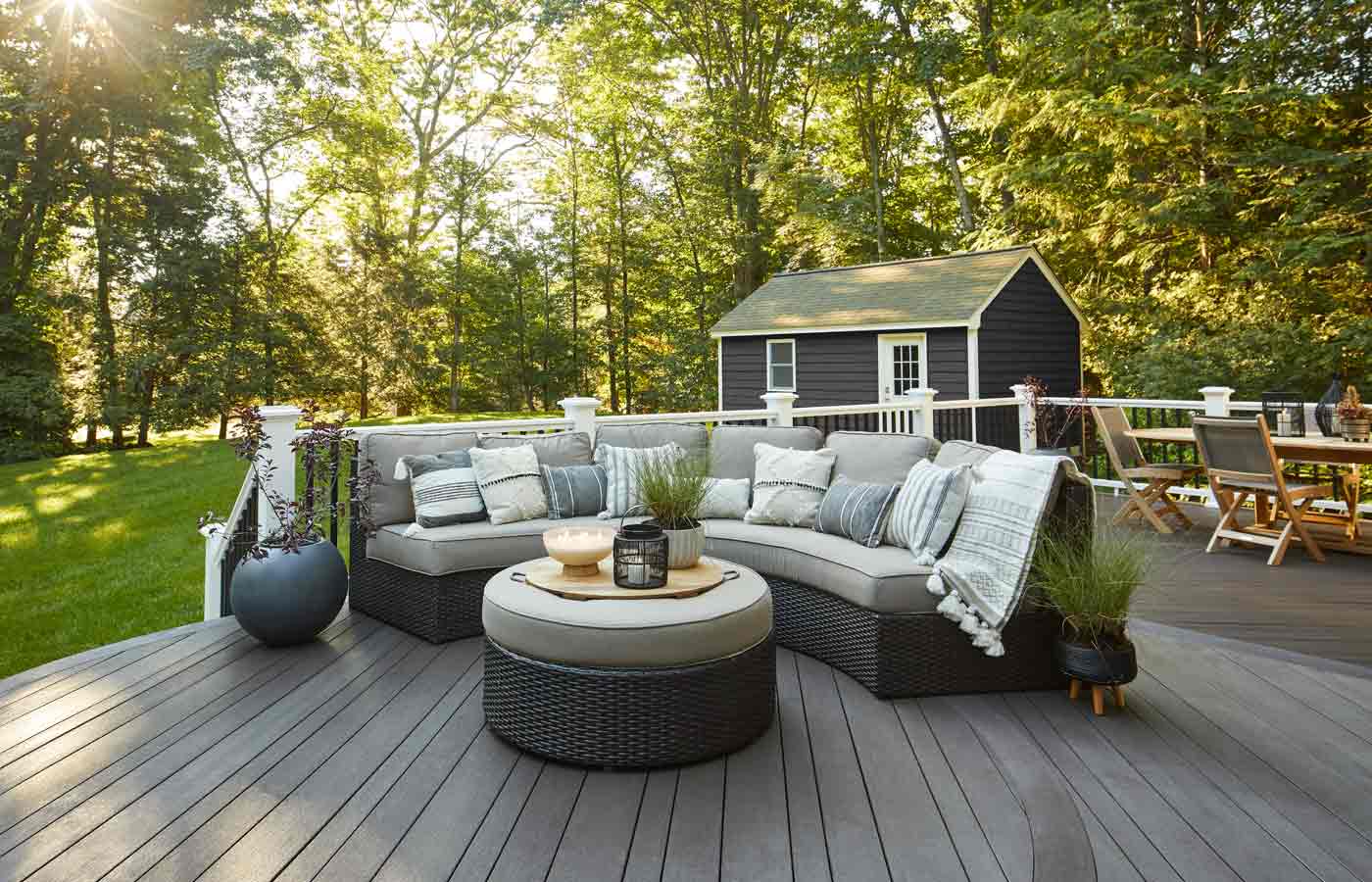 TimberTech Advanced PVC by AZEK Vintage Collection in Dark Hickory
TimberTech Advanced PVC by AZEK Vintage Collection in Dark Hickory
A covered deck may have areas that resemble a porch, but don’t let that confuse you! While most decks are attached to the house, the main difference is that they tend to be a more freestanding structure than a porch — both because of the type of foundation and the absence of a roof.
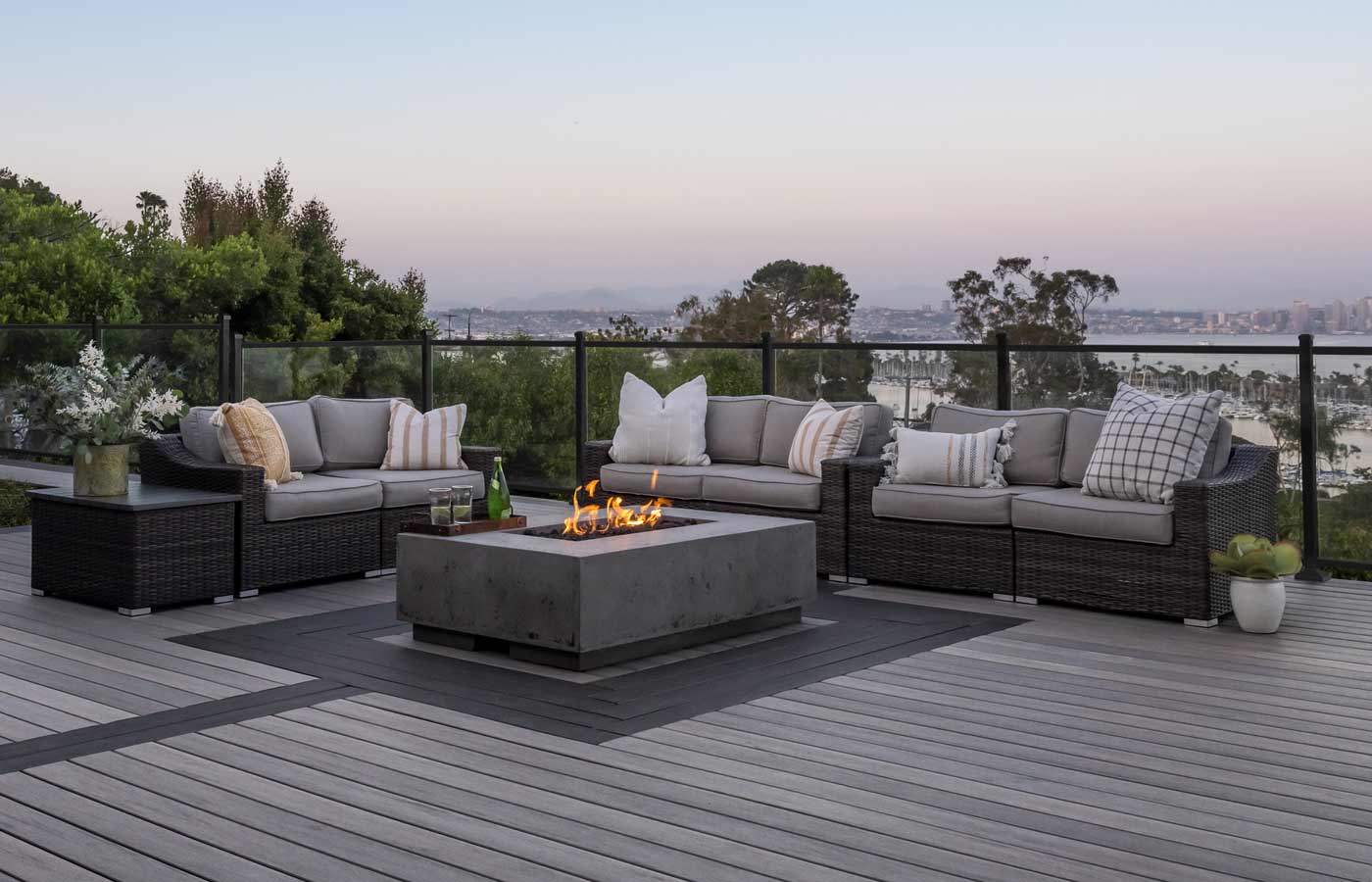 TimberTech by AZEK Porch Collection in Oyster
TimberTech by AZEK Porch Collection in Oyster
Universally, decks get more sun, rain, and snow which means they have to be designed to withstand the elements. Since moisture damage can be a big problem for most climates, building codes help protect against moisture damage with deck designs that prevent water accumulation. For example, soil underneath the deck must slope away from the home for drainage.
Deck floorboards are usually laid side-by-side with a gap for drainage and spaced up to 1/4″ apart to prevent water from pooling on the deck. The gap also provides room for wood deck boards to expand and contract. On a ground floor or low deck, open skirting allows cross-ventilation so the deck can dry out after wet weather.
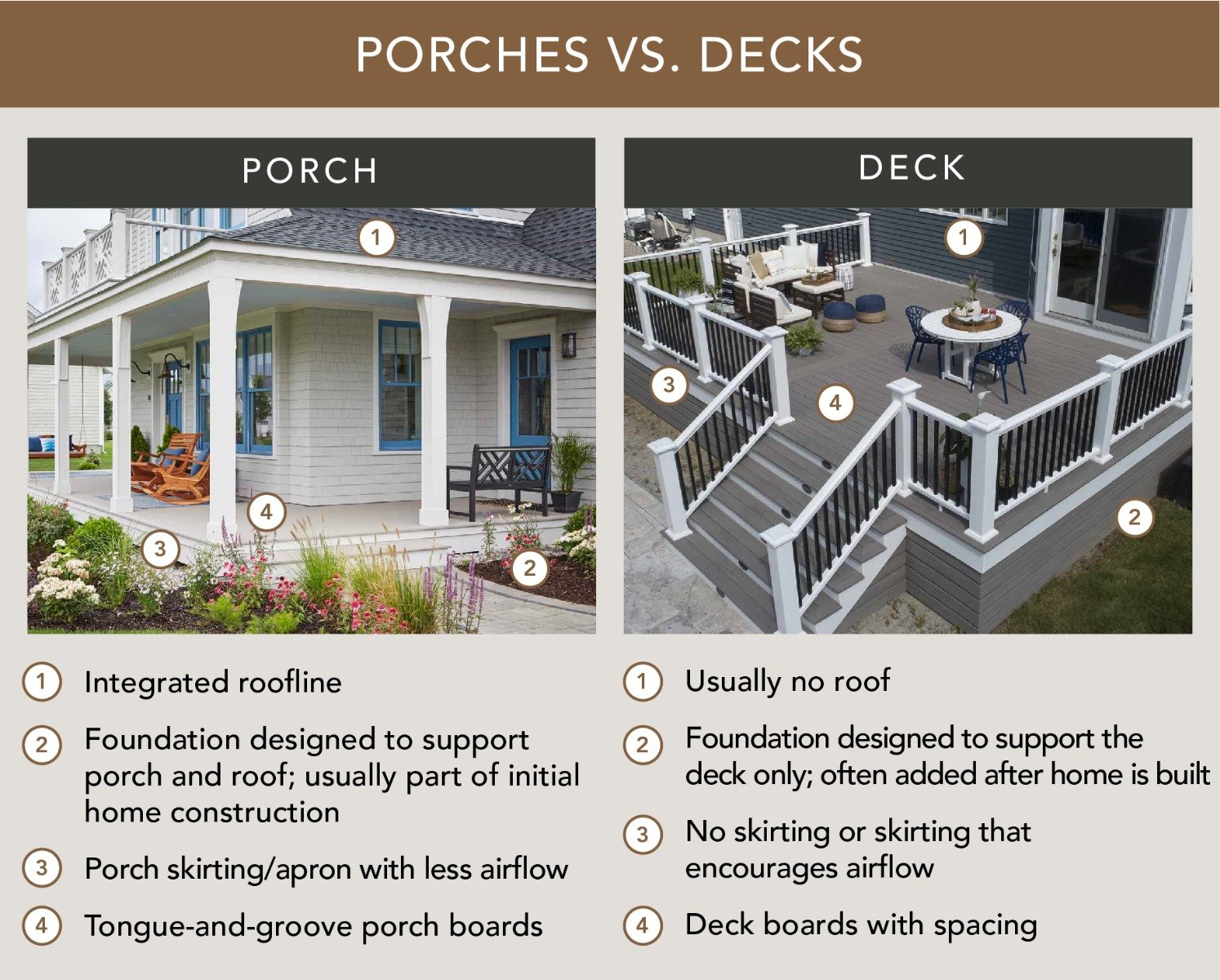
Choosing the Best Building Materials for Your Space
Your front porch has a roof, floor, steps, posts, and railings — and you need to choose materials that integrate all of these elements with the quality you need. Similarly, a deck should blend with your home aesthetically and functionally.
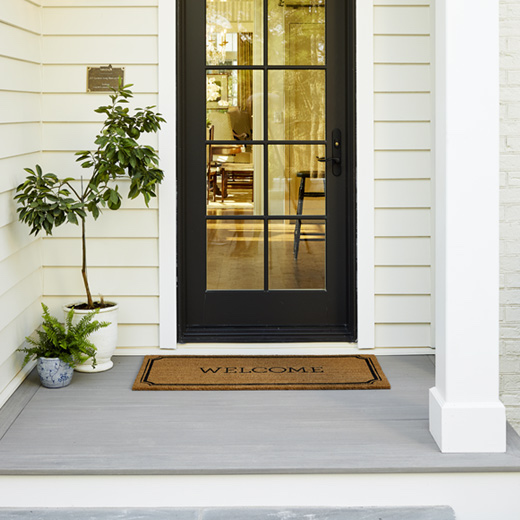 TimberTech PVC Porch Collection by AZEK
TimberTech PVC Porch Collection by AZEK
Choose Materials to Fit Your Style
Use your exterior spaces to showcase your style and create a great impression. By considering the architectural style of your home and then integrating similar elements into your porch and deck, you’ll create an outdoor space that fits your home perfectly.
Front porches provide an opportunity to create curb appeal for the front of the house, while back porches are often enclosed to extend outdoor enjoyment no matter the weather. A deck expands your outdoor living space, usually at the back of the house, to create a private area for relaxation and memory-making. Many homeowners include an open-air kitchen for grilling, shade pergola, hot tub, or fire pit.
Engineered materials offer the most design options because you can customize colors and board widths. Composite or PVC posts, caps, and railings also allow you to create a unified, custom look.
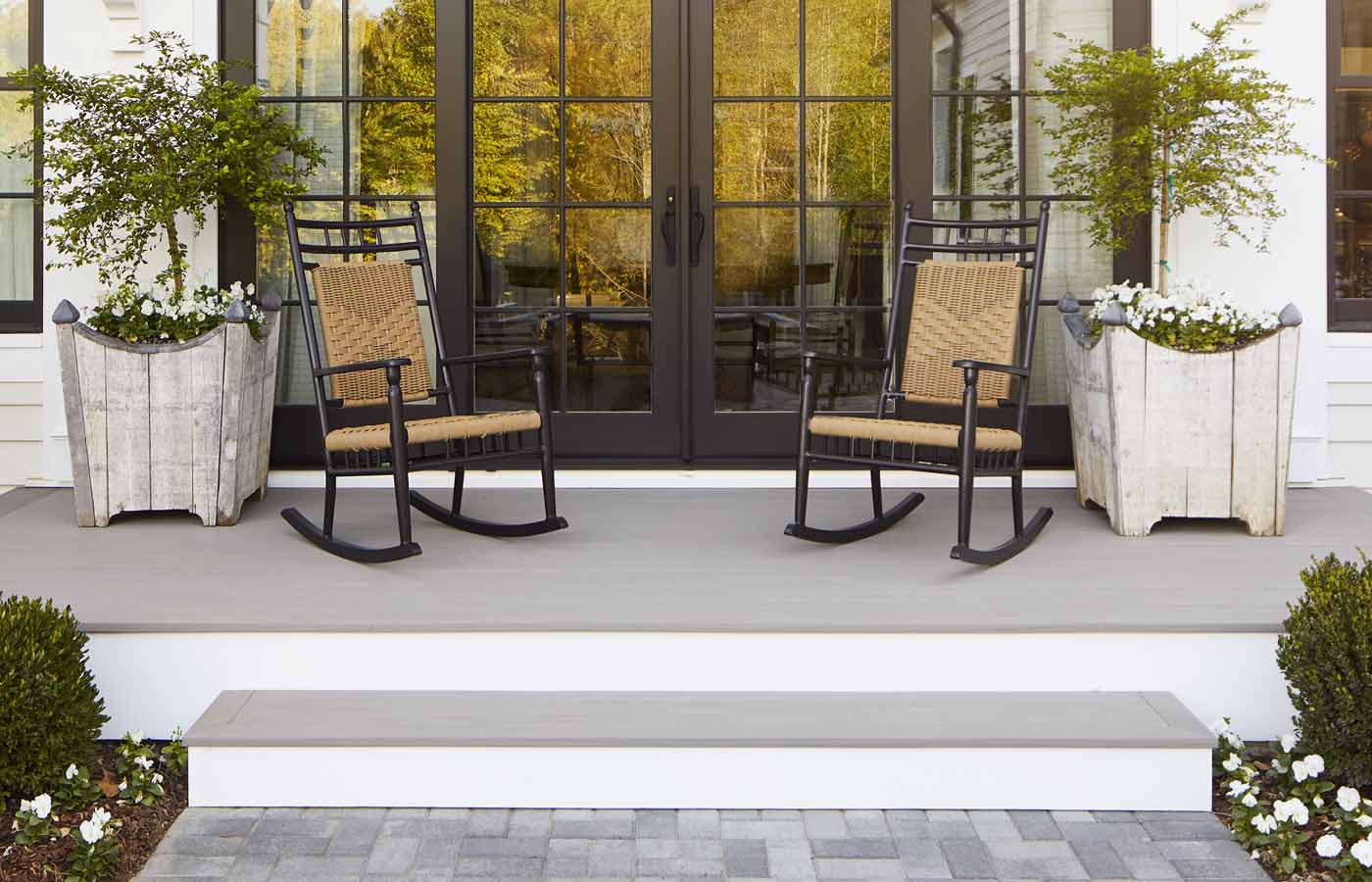 TimberTech PVC Porch Decking, Vintage Collection in Coastline
TimberTech PVC Porch Decking, Vintage Collection in Coastline
Choose Materials You Can Maintain
Porches and decks have historically required a lot of maintenance. Wooden posts, railings, and floors need to be sealed or repainted every few years; otherwise, moisture and temperature changes cause all sorts of damage:
- Mold and Mildew: A damp environment lets mold and mildew thrive, making the porch floor slippery and vulnerable to decay.
- Rot and Decay: When water seeps into wood it causes decay. Moisture supports the growth of fungi, which break down wood fibers and damage the wood over time.
- Warping and Cupping: Moisture can seriously damage wood boards. Warping means the boards are bending or twisting; with cupping, the edges of the boards curl upward. This creates a tripping hazard and ruins the floor’s appearance.
Home improvement experts recommend using synthetic building materials instead of wood for both porches and decks. Composite and PVC are the most common engineered building products. Because they never need to be sanded, painted or stained, they’re less expensive to maintain than wood. Composite decking materials have a lifespan of 30 years, and PVC lasts up to 50 years; wood typically needs replacing every 20 years.
TimberTech’s ADVANCED PVC Porch Collection offers high-performance, low-maintenance porch boards with a tongue-and-groove design in a durable capped polymer material. To learn more about TimberTech’s color and design options for porches, decks, steps, and railings, check out our Product Guide.
TimberTech Product Guide
Read for detailed product information
Shop TimberTech Porch Flooring & Deck Materials at Ring’s End
Here at Ring’s End, we offer an unparalleled selection of building materials both in-store and online. We’re proud to offer TimberTech products, because we know that homeowners have confidence in their 25-50 year product warranty.
To learn more about our selection of TimberTech decking and porch options, check out our product guide or reach out to one of our expert sales representatives through our chat! Visit a Ring’s End store near you for free color samples and professional help with planning, pricing and delivery.


